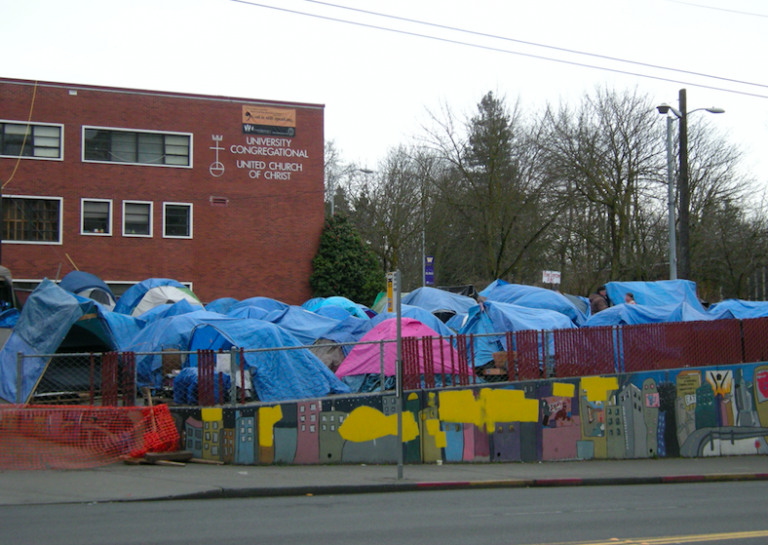A nationwide report was just released that revealed the reasons why lawsuits are filed against assisted living and skilled nursing facilities. Resident falls remains the number one reason for lawsuits and insurance payouts. The 2024 General and Professional Liability Benchmark Report revealed wound-related claims have increased and it is projected there will be a 3.8% increase in estimated claim payments.
The report’s authors noted a “significant” number of wound-related claims against senior living providers had an average per claim cost of $267,179. Payments for resident falls averaged $207,683. With the increase in wound claims and the high cost involved in settling these claims, the report admonishes senior living communities to be more “proactive in identifying and managing residents with wounds, especially upon move in,” and encouraged a greater use of community-based services in senior living especially in wound care processes and practices.
The second highest paid claim, averaging $335,570, was for alleged “abuse,” just behind “choking” claims that averaged $368,508. The report stated facilities must place a greater emphasis on having admission procedures in place to identify individuals with pre-existing behaviors or conditions and provide appropriate staff training on the proper management of typical resident behaviors.
Unexplained resident absences or elopement-related claims averaged $245,756. Many COVID-19 claims are still being litigated, but most have closed because facilities are using an aggressive defense bolstered by the courts honoring state and federal liability protections.
Most liability companies limit indemnity and expenses to $1 million, but recent claims have resulted in costs as high as $2.1 million. If an insurance company has payout limits, a financial obligation can fall upon a facility to pay a claim over and above its policy’s limits.
One-third of the largest claims originated in California, followed by Florida, then Arizona. The report stated California’s loss rates and severity remained consistently higher than national rates, and its “claims frequency” has remained consistent over the past 10 years. The report also revealed that Illinois’ loss rates have been trending higher than the national rates, and, in recent years, so has Kentucky’s liability claims. Since the California legislature’s mandate upon senior care facilities to obtain liability insurance, the 2015 surge of providers entering the industry has changed to a mass exodus because of mounting losses. That is consistent with large insurers leaving California because of massive fires destroying homes and other “global warming” issues.

